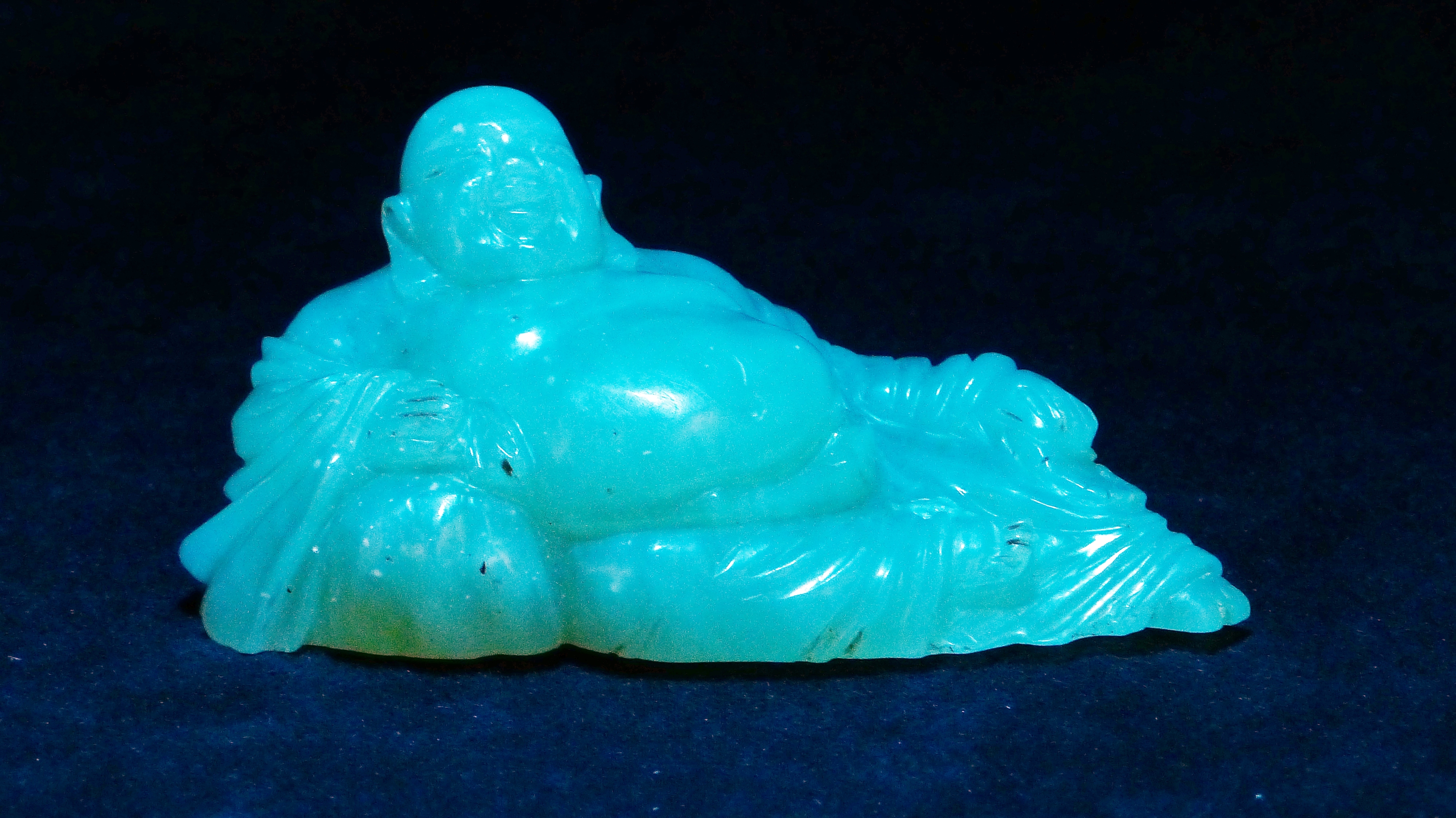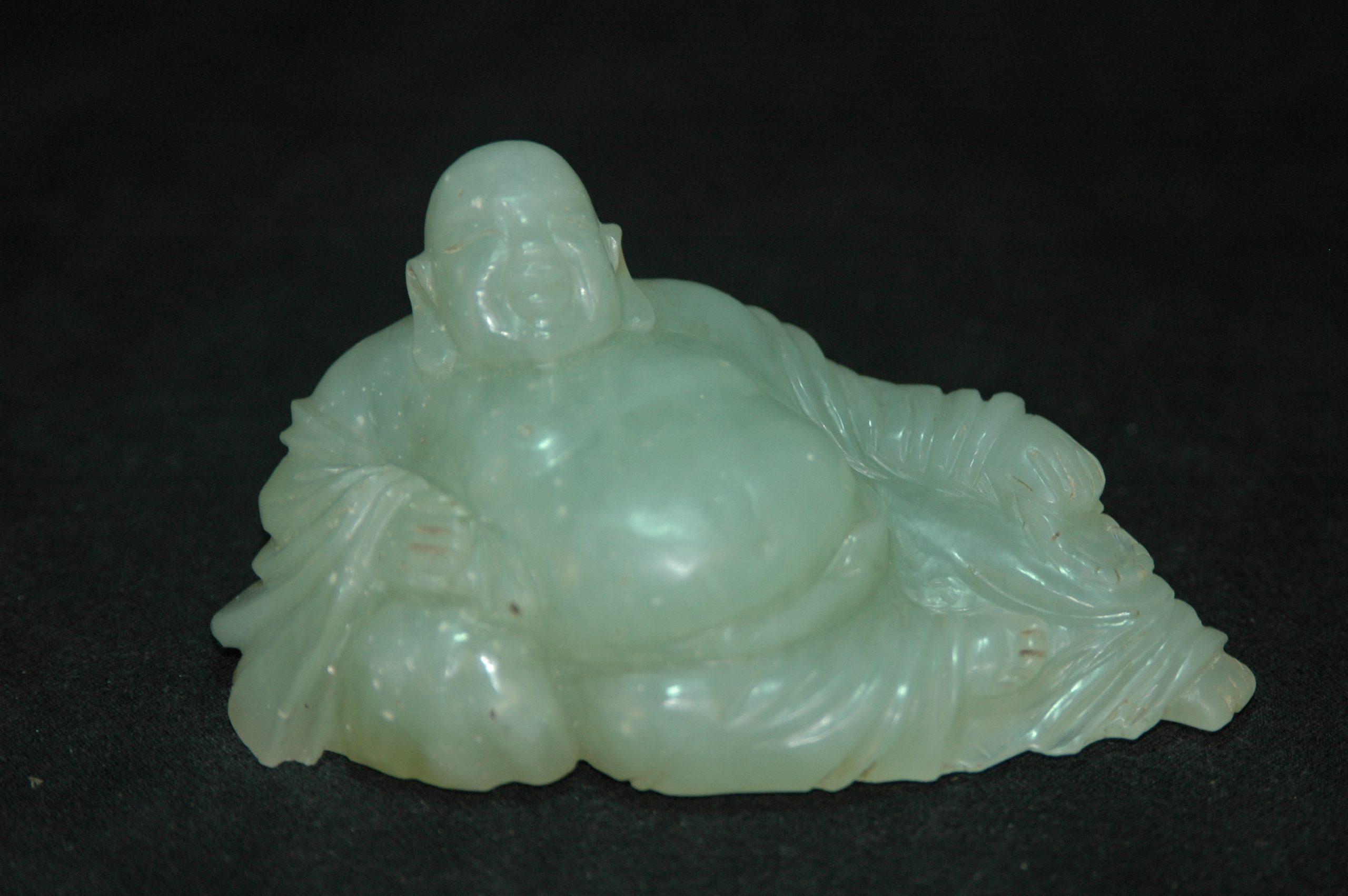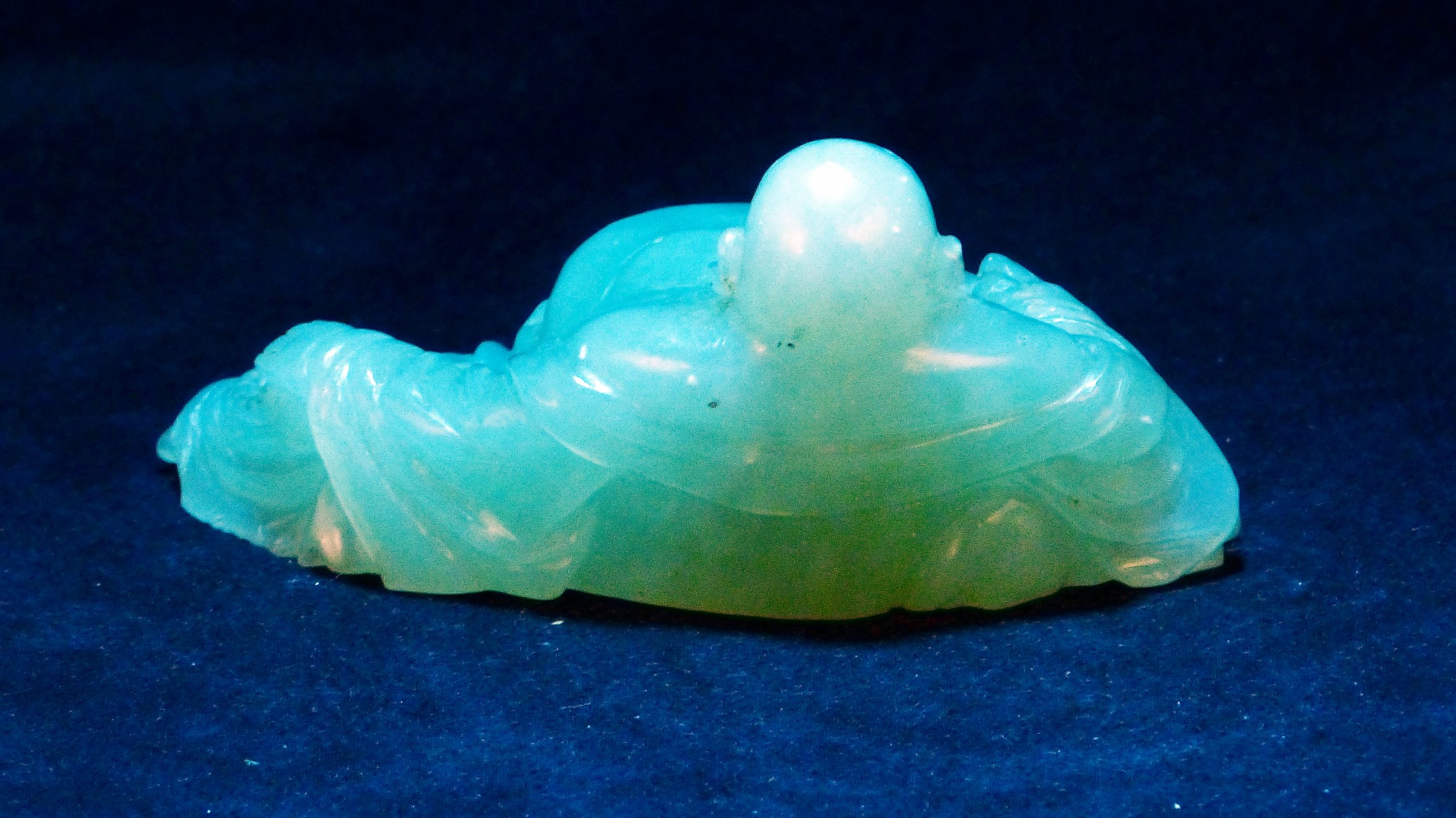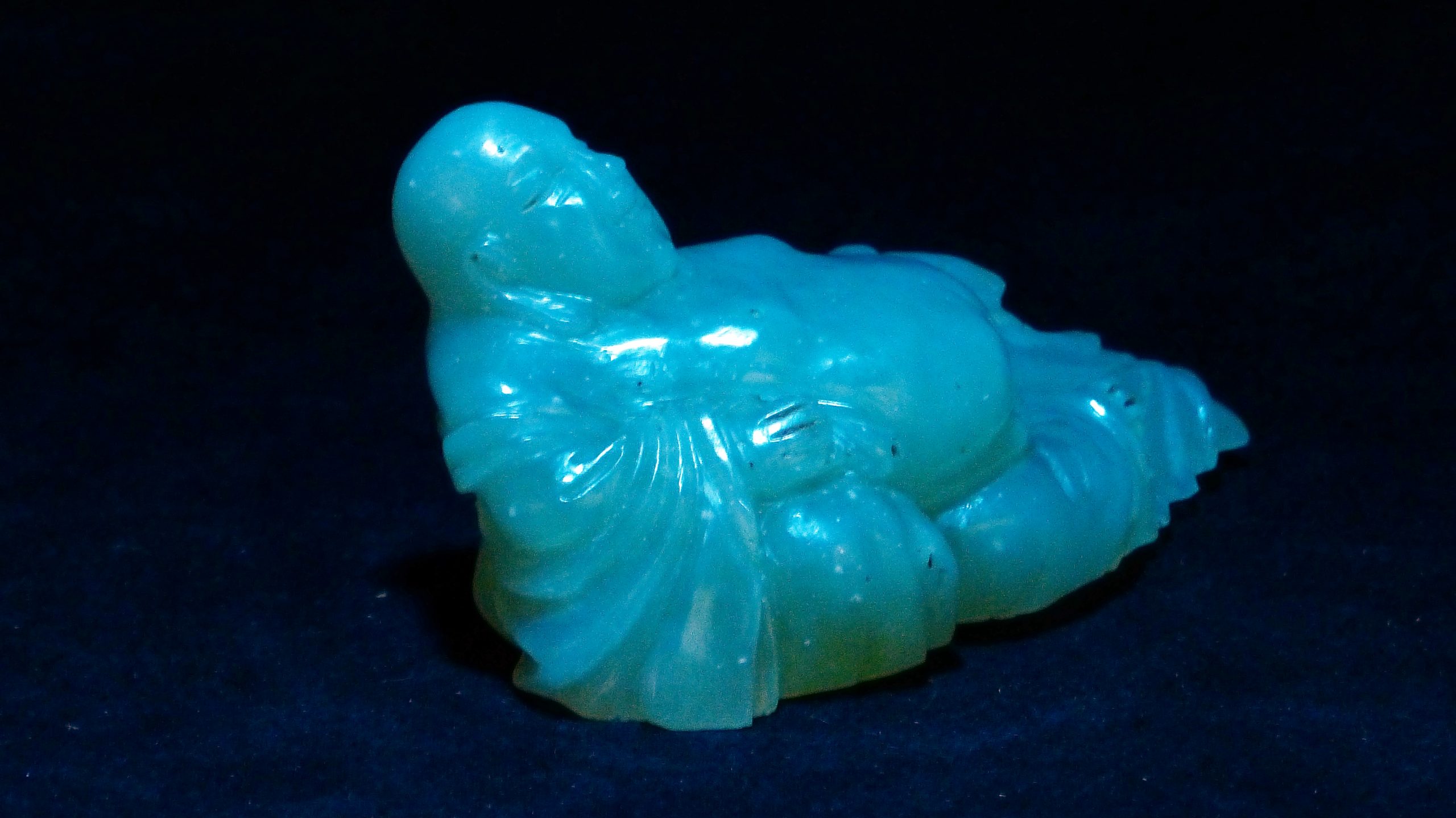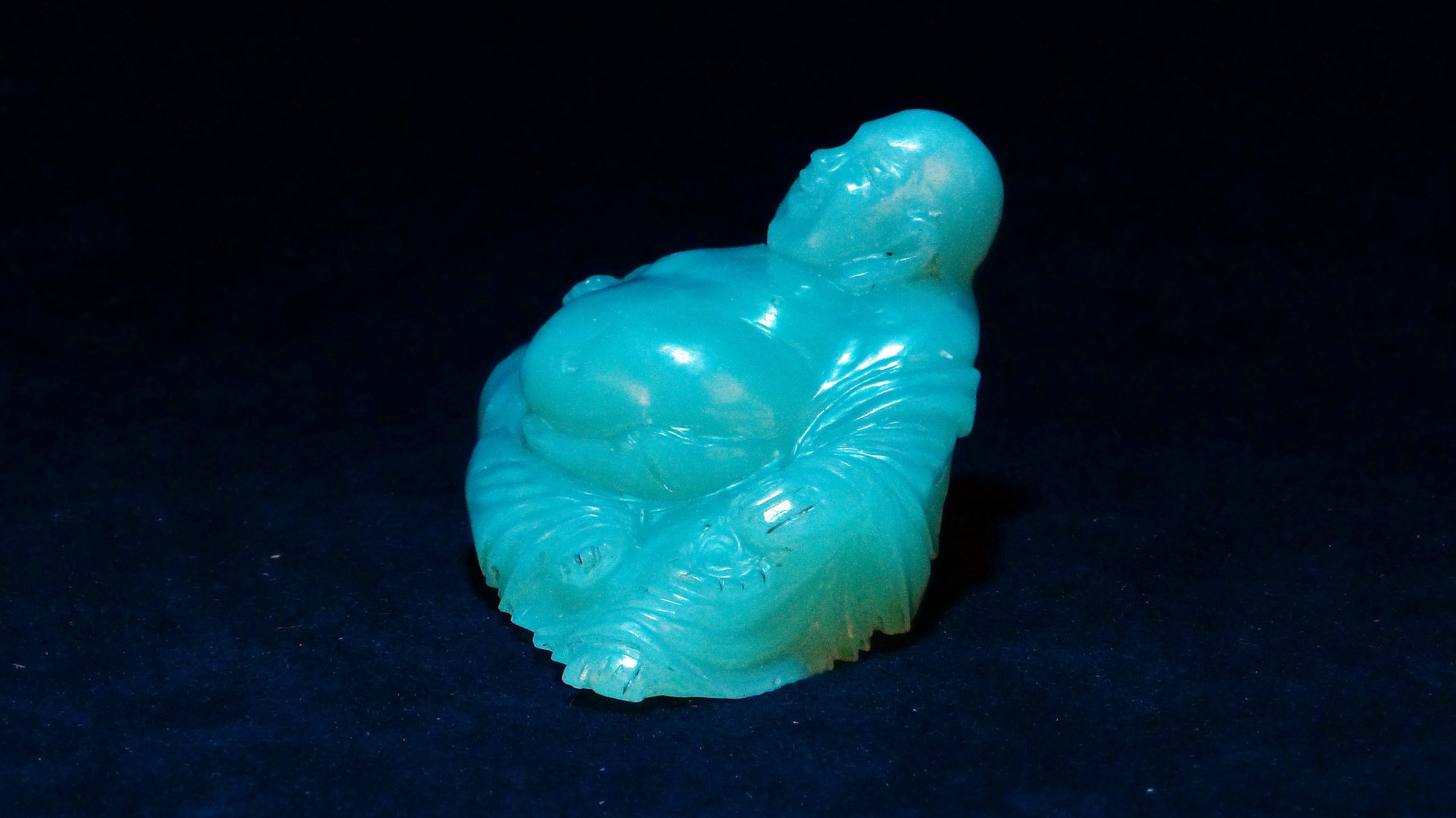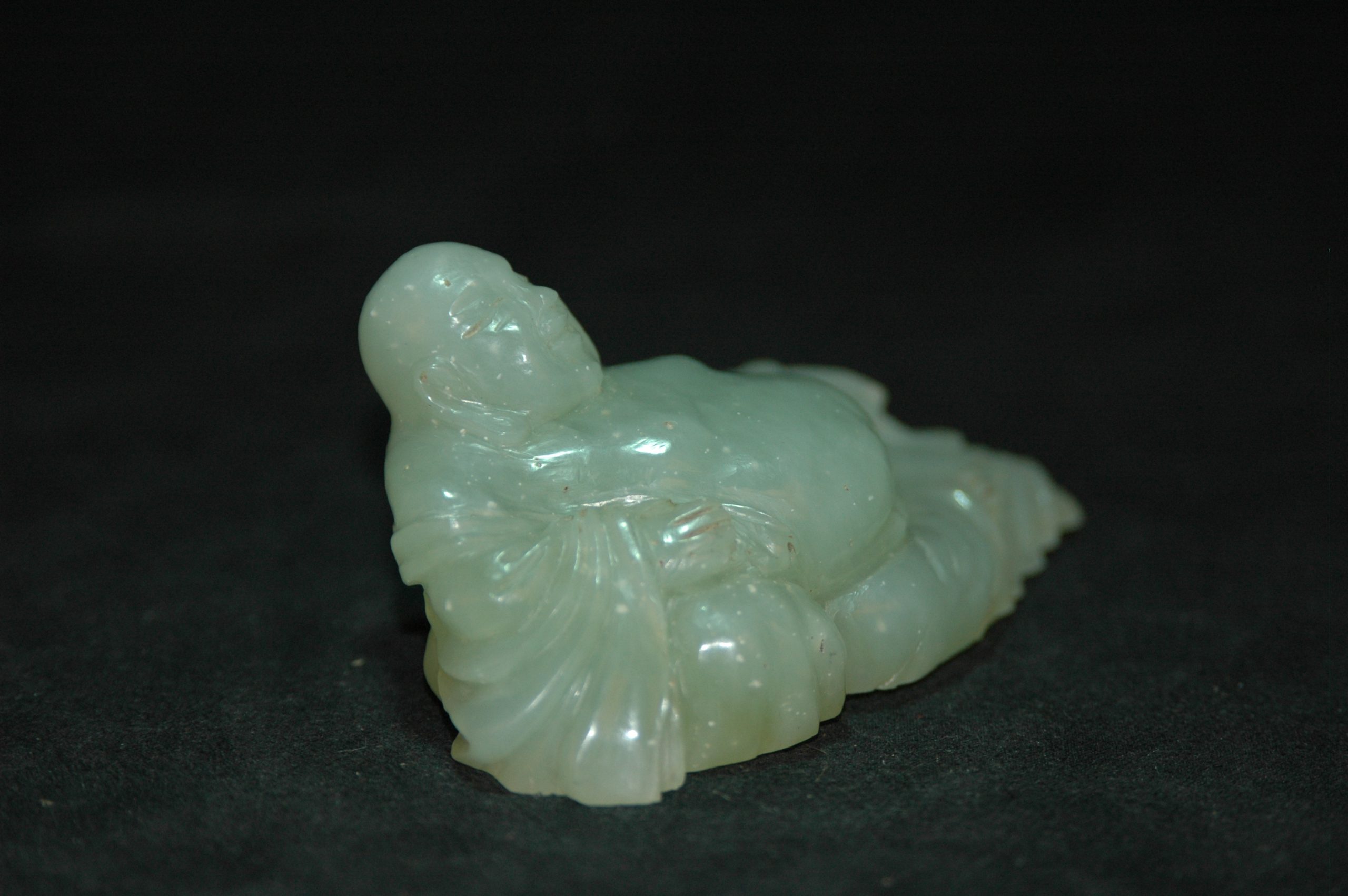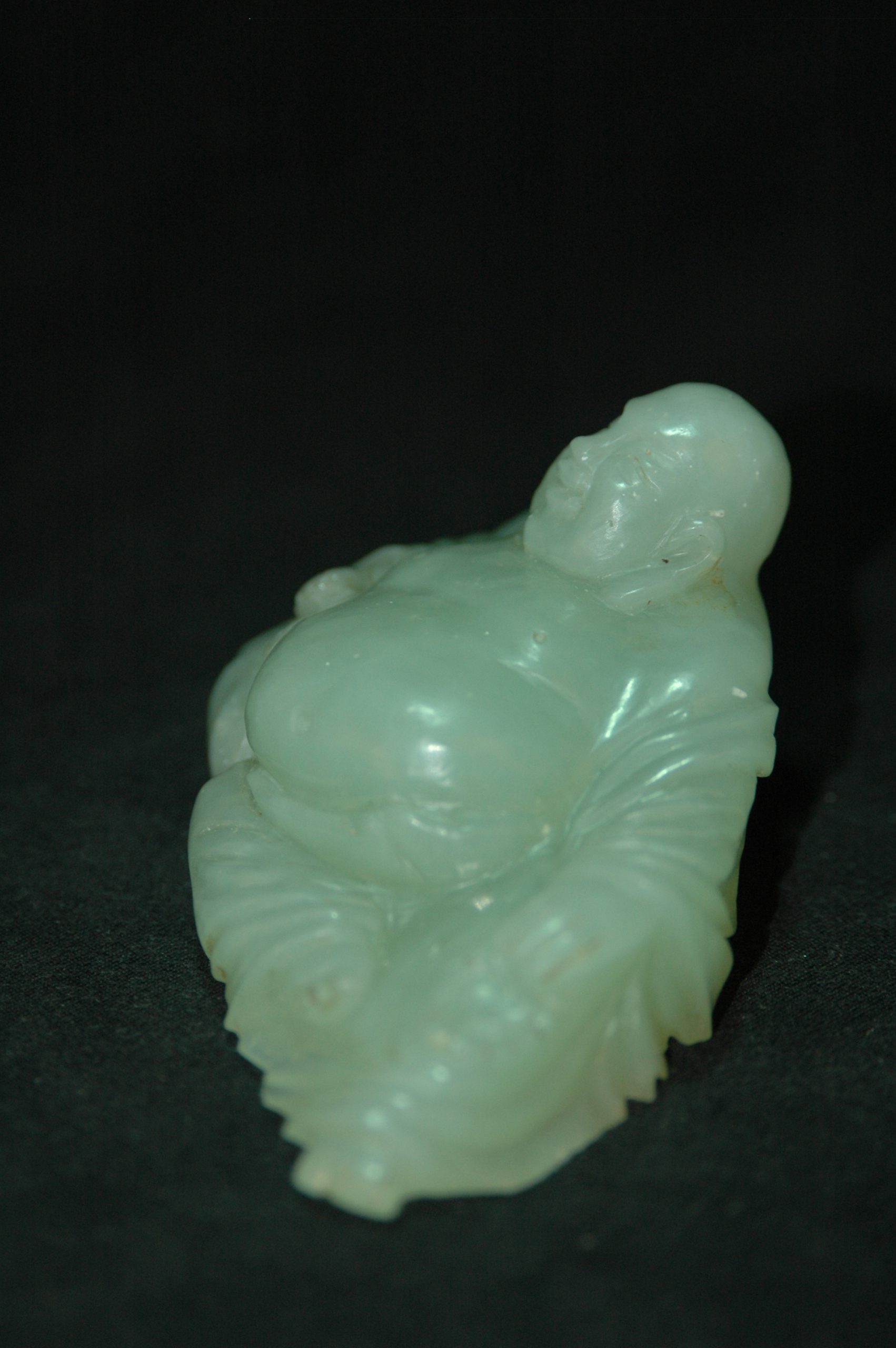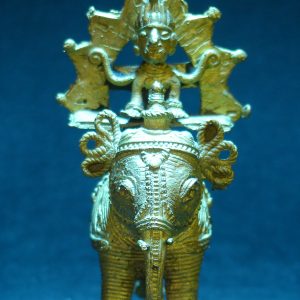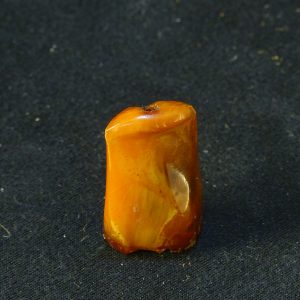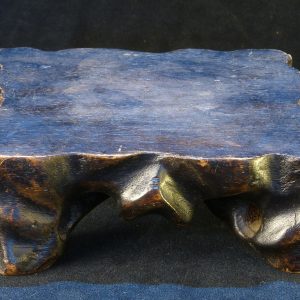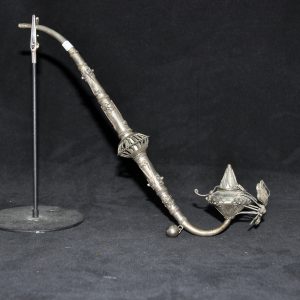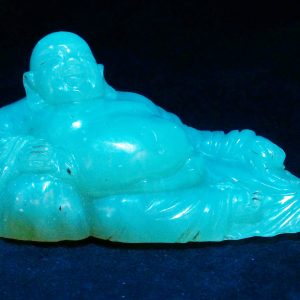Description
玉雕弥勒佛摆件
参考:佳士得拍賣 2726中國瓷器及工藝精品紐約|2013年9月19日 – 20日拍品1761|ANOTHER PROPERTY 清康熙 壽山石羅漢臥像擺件 17TH/18TH CENTURY, SIGNED SHANGJUN
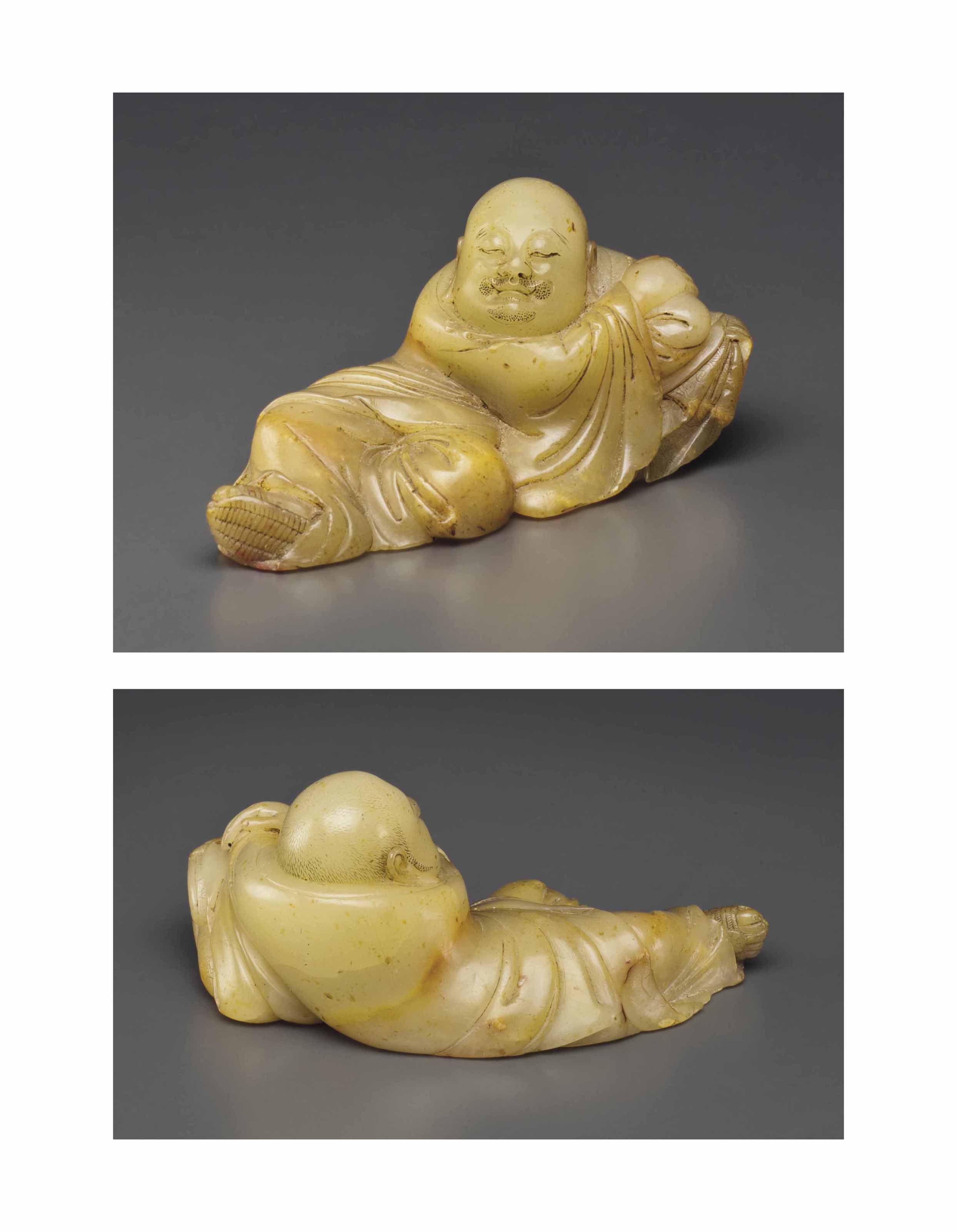
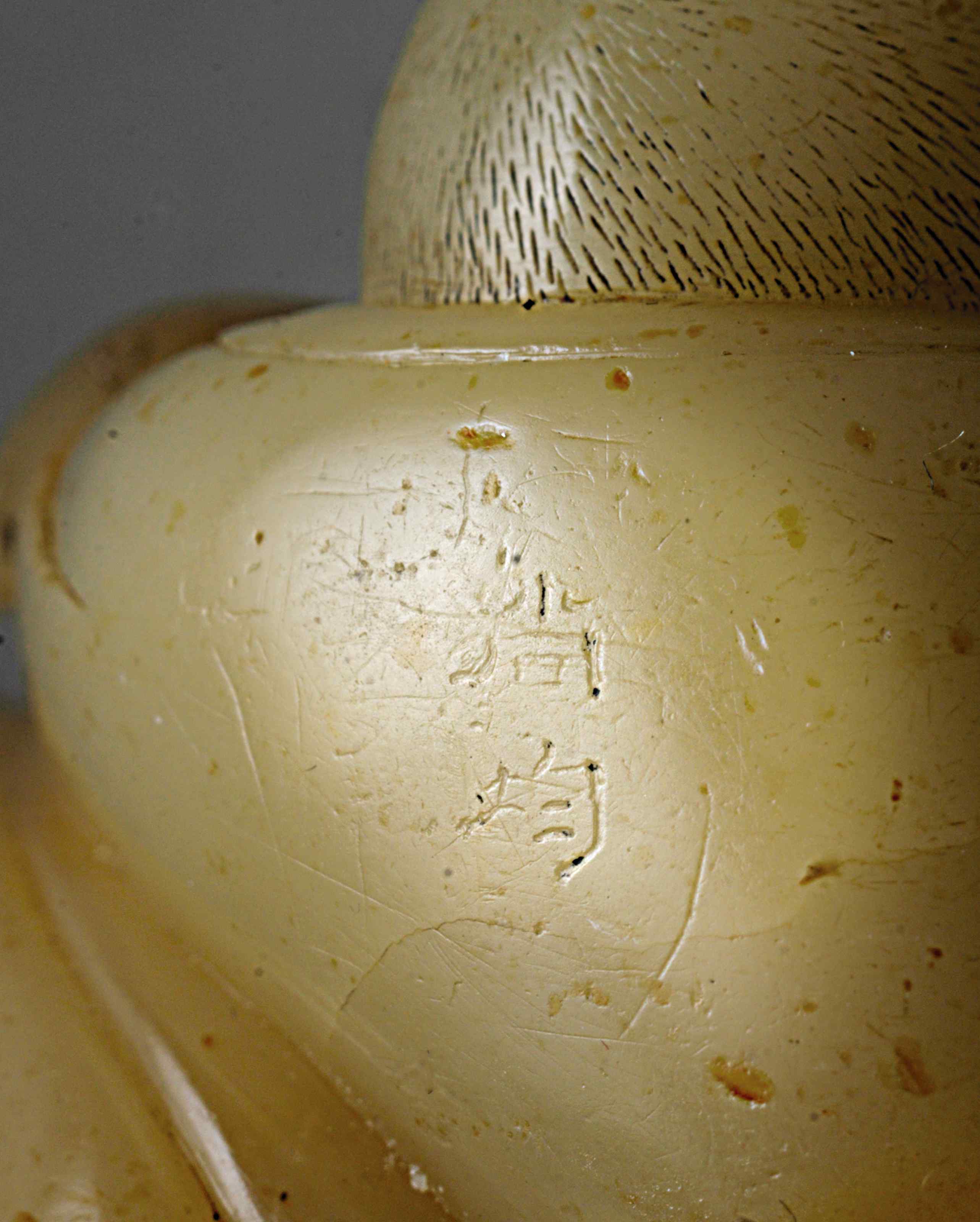
成交總額
USD 111,750
估價
USD 100,000 – USD 150,000
來源
Private collection, New York, by repute acquired in the 1920s.
拍品專文
Shangjun is the zi, or sobriquet, of Zhou Bin, a native Fujian province, who was believed to have worked during the Kangxi period, and was renowned for his fine soapstone carvings. For a further discussion on Zhou Bin, see the note to lot 1760.
Compare the tianhuang figure of a luohan, also signed Shangjun, shown in a similar reclining pose, but with his belly exposed and shown clutching the bundle against which he rests, in the Palace Museum, Beijing, illustrated in 50 Selected Gems of Cultureal Relics, Beijing, 1999, no. 192. Unlike the Palace luohan, the present figure is shown wearing finely detailed sandals.
See, also, the very similarly carved baifurong figure of a reclining luohan of slightly larger size (9.8 cm.) and also bearing the signature Shangjun, sold at Bonham’s Hong Kong, 25 May 2011, lot 208. The Bonham’s luohan is carved in mirror image of the present figure and wears similarly carved robes and sandals.
For other soapstone figures bearing the signature Zhou Bin or his zi, Shangjun, see the figure of a luohan, shown seated on a carved cushion-form base, illustrated in H. Moss, Arts from the Scholar’s Studio, Hong Kong, 1986, p. 87, no. 44, and the figure of a seated luohan sold at Sotheby’s New York, 22 September 2005, lot 60.

![[临渊阁]天地一家春](https://www.antiquekeeper.ca/wp-content/uploads/2023/03/cropped-Asian-Art-Wallpaper-Painting3-6-3.jpg)
